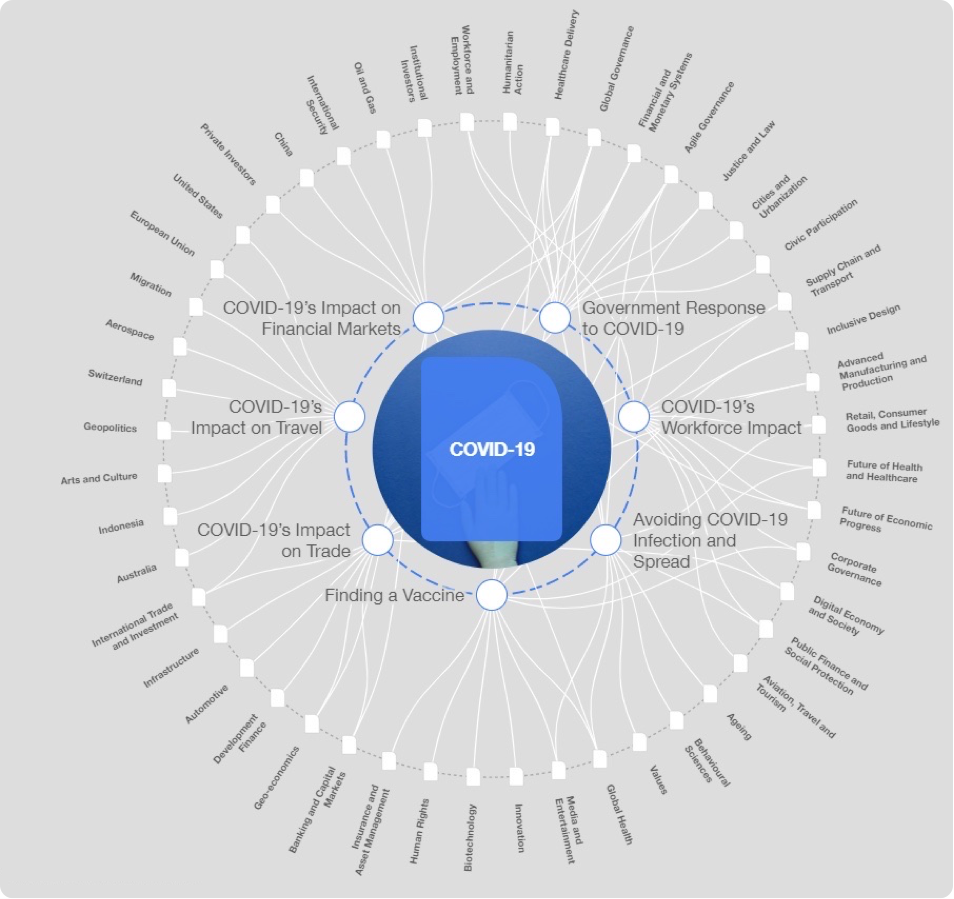Covid-19 and Global Economic Disruption | 13 Apr 2020
This article is based on “Trade in tatters: On the global slump” which was published in The Hindu on 13/04/2020. It draws a comparison between the Global economic crisis emanating from Covid-19 and Global Financial Crisis of 2008.
Recently, WTO accessing the impact of Covid-19 on global trade held that, besides its worrying effects on human life, Covid-19 has the potential to significantly affect global trade and bring slowdown to the global economy.
The International Monetary Fund (IMF) observed that the global economy is set to contract sharply in 2020 due to the lockdown, needed to fight the pandemic affecting billions of people worldwide.
The tight restrictions on movement and social distancing norms across geographies have led to severe curbs on labour supply, transport and travel and the shuttering of whole sectors from hotels and non-essential retail to tourism and significant parts of manufacturing.
Due to this, WTO held that the economic crisis emanating from Covid-19 appears to be of similar nature to the Global Financial Crisis 2007-08 (GFC). However, it also held that the disruption and resultant blow to global trade will, in all likelihood, be far worse than the slump brought on by the GFC.
WTO Observations Regarding Global Trade and Economic Crisis.
- World merchandise trade is set to plummet by between 13% and 32% in 2020 due to the Covid-19 pandemic.
- Though recovery in global trade is expected in 202, it depends on the duration of the outbreak and the effectiveness of the policy responses.
- Nearly all regions will suffer double-digit declines in trade volumes in 2020, with exports from North America and Asia hit hardest.
- Trade will likely fall steeper in sectors with complex value chains, particularly electronics and automotive products.
- Services trade may also be affected by Covid-19 through transport and travel restrictions.
Similarity Between GFC and Current Global Trade Disruption
- Domino Effect: The spillover effects of the GFC led to default of many Global Systemic Important Banks” (G-SIB). This default got turned into the Sovereign debt crisis of many european economies. For example, PIGS countries (Portugal, Ireland, Greece and Spain).
- Similarly, the economic crisis emanating from the Covid-19 pandemic, has caused severe demand and supply side shock in the global trade scenario.
- Stock Market Crash: The initial drops in the stock exchanges of major countries (up to one-fourth of their valuation) are hitherto analogous between both crises.
- Uncertainty: Both crises share a non-quantifiable risk as a key factor in their emergence and spread.
Major Differences
Cause of the Crisis: Endogenous and Exogenous Systemic Risk
- Exogenous risk arrives to the financial system as a surprise (like an asteroid might hit earth), there is nothing that can be done to precipitate its arrival, and it can cause enormous damage.
- However, the distinguishing feature of financial crises emanating from the endogenous systemic risks are caused due to mismanagement of market forces. (It is rather like a tropical storm over a warm sea, they gain more energy as they develop).
- Current Financial shock due to Covid-19 is purely exogenous, while GFC was a typical endogenous risk crisis.
Increased Complexity
- Global supply chains in present times have become more integrated and more complex (due to the emergence of advancement in technologies).
- Thus, almost all the countries find themselves at a disadvantage, due to severely impacted trade.
- However, GFC mainly impacted advanced and emerging market economies.
Available Policies
- In 2020, the maneuverability of the government's fiscal action is limited, the global economy is still in recovery mode after the GFC crisis. This can be attributed to the high outstanding ratios of public debt over GDP, in most mature economies.
- Also, the scope of monetary policy is limited as short and long-term interest rates were or are already very low.
- However, the huge fiscal stimulus policies and easy monetary policy were the response to fuel recovery after GFC.
International Coordination
- There has been an anti-globalization wave in the last decade, where countries' policies are more driven by national interest rather than multilateralism.
- The spirit and momentum of global leadership seem now to have faded in present times.
- Impediments persist on the appropriate financing of international organizations, e.g. the IMF or multilateral development banks. The same applies to the functioning and effectiveness of other institutions like the World Trade Organization and the World Health Organization.
The global disruption caused by the current crisis needs global support on both monetary and fiscal front. This may require a major comeback of the roles of the public authorities, the scope of sovereign powers and the call for better regulations. Also, as the WTO observes, a rebound in global economic activity will require trade to flow freely across borders as vitally as any fiscal or monetary stimulus.
In this context, the world will be best served if nations do not turn inwards and install new barriers to the movement of goods, services and people in the aftermath of the pandemic.
|
Drishti Mains Question Compare and contrast the Global Financial Crisis 2008 with the economic crisis emanating from the Covid-19 pandemic. |

